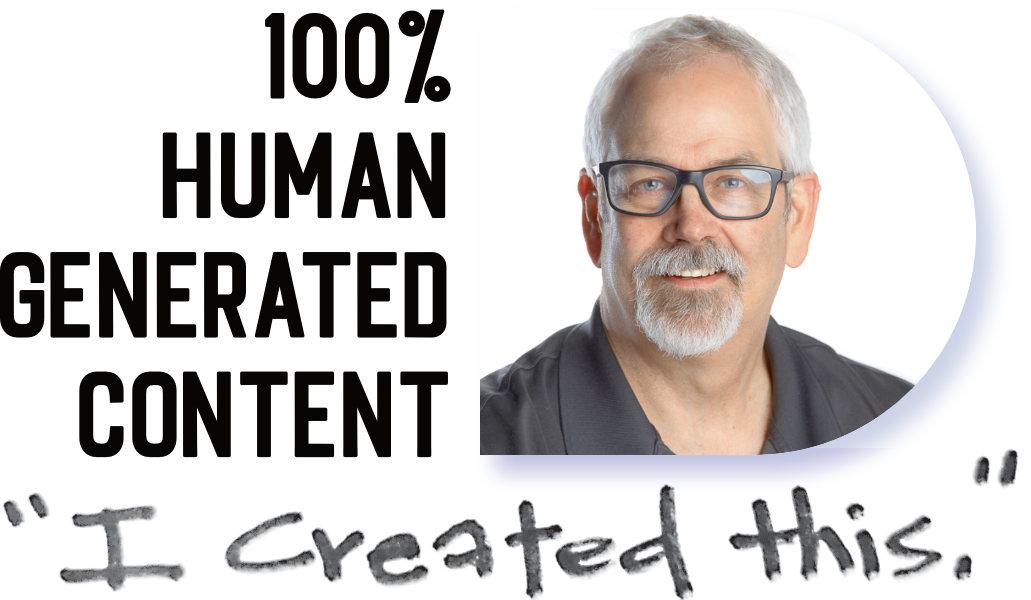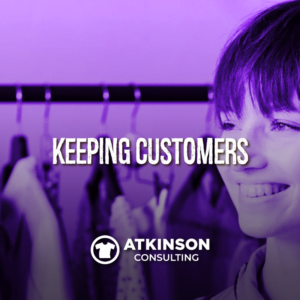In the all too chaotic realm of apparel decoration, behind the blaze of color and the hum of machinery lies a world defined by efficiency, time, and value. One metric, “Value Per Hour” (VPH), stands as an unsung hero. Have you heard this term before?
If not, it’s ok. But I think you’ll come to appreciate its significance and how it can shape your business decisions.
Delving Deep into the ‘Value Per Hour’ Concept
Every business thrives on the principle of generating maximum value within a given time. This is where VPH carves its niche. Simply put, VPH measures the revenue a piece of equipment generates in one hour of its operation.
This is your DTG machine. Or one of your heat presses. Each of your automatic screenprinting presses or your embroidery machines. Whatever you are working with every day.
Why does this matter?
Picture your workspace as a bustling stage theater. Each machine represents a performer on stage; its generated revenue is the applause, and its operational time is the duration of the performance.
Naturally, equipment that receives louder applause for consistent time periods becomes the star of your show.
For instance, if your embroidery machine produces $5,000 of work over 40 operational hours last week, its VPH is $125.
Another embroidery machine on your floor only produces $2,300 for the same timeframe. That equipment has a VPH of $57.50.
This means between the two pieces of equipment, one is averaging $67.50 more per hour than the other one. Annualize that, and you’ll realize that it could be costing you a lot of money. (2080 hours per year x $67.50 = $140,400.)
Is this because of the type of work that is going to the underperforming machine? Is it the inability of the operator to get more work completed? What is holding back the performance here?
Time is Money: A Closer Look
The age-old adage, “time is money,” takes on a tangible form in our industry.
For every idle hour or minute of underutilization, potential revenue slips away. You are only making money when something is being decorated. Have you ever simply stood back and watched production in your shop?
A machine with a VPH of $125, when inactive for an hour, translates to a missed revenue opportunity of $125. Of course, my example does not reflect the math in your shop. What do you want to make per hour for each piece of equipment in your business?
$300?
$500?
$1000?
Consider how many different pieces of equipment you have in your building. How many are idle because you do not have a consistent sales process to fill the schedule up for a machine or two with work?
Doesn’t that make you upset?
Add operational costs like utilities and the cost of your business space, and the financial picture grows bleaker.
This concept is also valid beyond mere machine downtime. It encompasses setup times, maintenance, and even operator efficiency. In our world, minutes often translate into significant dollars. By internalizing the essence of this mantra and weaving it with VPH, you’re better equipped to optimize operations and squeeze value out of every second.
Yeah, I know. Value out of every second? That sounds crazy.
Why Is Tracking VPH Essential?
- Understanding Order Value: VPH offers insights into the profitability of orders. For instance, a high VPH indicates a lucrative order, possibly signaling a type of client, order, or decoration method deserving more focus.
- Quantifying Downtime Cost: Downtime can bleed revenue. If a machine with a VPH of $300 remains inactive for 5 hours, there’s a potential loss of $1,500 for the day. This is time you could have been making money. Instead, in those 5 hours, it’s only costing you money.
- Setting a Financial Baseline: VPH can serve as a financial compass, indicating whether you’re on the right track or need recalibration. In your shop, what is a good number, and what is a bad number? You decide!
Tips for Accurate VPH Tracking
- Consistent Data Collection: Every job counts. Sometimes, smaller jobs collectively yield a higher VPH than one large order. Or, one type of garment, decoration method, or order type will give you the big bucks. Consider how you can maximize this idea by seeking out more profitable work.
- Invest in Time-Tracking Software: Precision matters. Time-tracking software offers granular insights that, over time, can make a notable difference. You need to learn the answer to the question, “Why aren’t we printing?” (or lasering, or embroidering, etc.). What is stopping your team from having more uptime?
- Regularly Review and Adjust: VPH isn’t static. Regular assessments keep you attuned to industry shifts and internal changes. One of the secrets to knowing what you want is knowing what isn’t working. Do you have that comprehension currently regarding profitability?
Enhancing the Power of VPH
- Incorporate Profit Margin: VPH, paired with profit margin numbers, provides a richer business narrative. What must you do to make the most money possible with the same time spent? Are you selling to the right customers? What is your sweet spot order; where you make the most money? Do more of that!
- Factor in Equipment Lifespan: An understanding of machine degradation can guide when to upgrade, ensuring peak VPH always. Newer equipment may run better, have less downtime, and provide more units per hour. If you know your VPH, how would that offset the capital expense? Can you get ROI in under 18 months?
- Employee Training: One trained operator can often boost the VPH by reducing production times and enhancing efficiency. Imagine what might happen if your entire time is killing it daily. Do you have an “on-purpose” training program?
Embracing the VPH Narrative
In the apparel decoration industry, success isn’t just about churning out volume; it’s about pinpointing true value.
By embracing the VPH metrics, you can reveal how to be more effective with your time and maximize the profit potential of your shop.
Now, the only question I have for you is, “What will you do about this idea?”
“Price is what you pay; value is what you get.” – Warren Buffett
“Time is more valuable than money. You can get more money, but you cannot get more time.” – Jim Rohn
“The value of an idea lies in the using of it.” – Thomas A. Edison
Help Support This Blog

While I may be goofing around with AI for some projects, this blog and its contents have been created by me, Marshall Atkinson. I occasionally use AI tools such as Midjourney or OpenAI. Tools are meant to be used, and as a human being, I can control them.
Why am I writing this? To remind you, dear reader, these words are backed by a real person. With experience, flaws, successes, and failures… That’s where growth and learning happen. By putting in the work.
If you are reading this and it is not on my website, it has been stolen without my permission by some autobot. Please report this to me and/or publicly out the website that hijacked it. And if you are trying to copy and use it without my permission, you are stealing. Didn’t your mama teach you better?
If you like this blog and would like to support it, you can:
- Buy a book.
- Share this blog on your social media.
- Leave a comment! Engagement is fun.
- Join Shirt Lab Tribe.
- Subscribe to the Success Stories podcast.
- Watch and like an episode on the Jerzees Adventures in Apparel Decorating YouTube series.
- Get signed up for the new Production Tracker app.
- Subscribe to the Midjourney Elevating Print Creativity Newsletter
- Follow the Midjourney Experience YouTube channel.
Also, my basic elevator pitch to you is that I help with “Clarifying effective change.” If you are dissatisfied with your business’s current results, maybe I can help.
Please schedule a discovery call here if you want to learn more.
Thanks!






